Berkheya purpurea
£6.45
An erect perennial with stout stems carrying clusters of large, lilac-purple, daisy-like flowers with deep purple centres over low rosettes of spiky, woolly leaves. Height 60cm. Spread 45cm. Flowers July to September. Full sun, well-drained soil. Attracts bees and butterflies. Hardy.
Description
Berkheya purpurea is a striking perennial that adds a dramatic flair to any garden with its lilac-purple, daisy-like blooms and spiky, woolly foliage. This hardy plant is ideal for sunny locations and thrives in well-drained soil. Follow this comprehensive guide to ensure Berkheya purpurea flourishes in your garden.
PLANTING and AFTERCARE GUIDE
Best Planting Time
- Spring Planting: Plant Berkheya purpurea in spring when the soil is warming up. This allows the roots to establish before the growing season begins, ensuring a healthy and vigorous plant.
- Autumn Planting: Alternatively, plant in early autumn to let Berkheya purpurea settle before dormancy. This encourages strong growth for the following year.
Site Selection
- Sunlight: Berkheya purpurea thrives in full sun but can tolerate partial shade. Choose a location that receives at least 6 hours of direct sunlight daily for the best blooms.
- Soil: This plant requires well-drained soil to prevent waterlogging, which can harm the roots. Adding organic matter such as compost improves drainage and boosts soil fertility.
Planting Instructions
- Prepare the Hole: Dig a hole twice the width of the root ball and equal in depth. This allows the roots of Berkheya purpurea to spread comfortably.
- Soil Preparation: Incorporate organic compost or well-rotted manure into the soil to improve fertility and structure.
- Planting: Position Berkheya purpurea so the top of the root ball is level with the surrounding soil. Backfill gently, firming the soil to remove air pockets.
- Watering: Water thoroughly after planting to help settle the soil and establish the roots.
Watering Requirements
- Growing Season: Once established, Berkheya purpurea is relatively drought-tolerant. Water during dry spells, allowing the soil to dry slightly between sessions.
- Dormant Season: Reduce watering significantly during dormancy. Only water if the soil becomes excessively dry.
Feeding
- Early Spring: Apply a balanced fertiliser in early spring to promote healthy growth and vibrant blooms.
- Mid-Summer: A second feeding in mid-summer can encourage prolonged flowering and ensure the plant remains vigorous.
Pruning
- Deadheading: Regularly remove spent flowers to encourage new blooms and keep Berkheya purpurea looking tidy throughout the season.
- Autumn Pruning: After the flowering season ends, cut the plant back to its base to prepare it for dormancy.
Mulching
- Spring Mulching: Apply a layer of organic mulch around the base of Berkheya purpurea in spring. This helps retain moisture, suppress weeds, and regulate soil temperature.
- Winter Mulching: Add a protective layer of mulch in winter to insulate the roots and prevent frost damage.
Supporting the Plant
- Berkheya purpurea has sturdy stems, but in windy areas, consider staking to prevent the tall stems from bending or breaking.
Final Tips
Berkheya purpurea is a hardy, low-maintenance perennial that attracts bees and butterflies to your garden, making it both beautiful and beneficial. By planting it in a sunny, well-drained location and following these care tips, Berkheya purpurea will reward you with its stunning blooms from midsummer to early autumn. Add this unique plant to your garden for a standout feature that thrives year after year!
Additional information
| Pot Size |
|---|



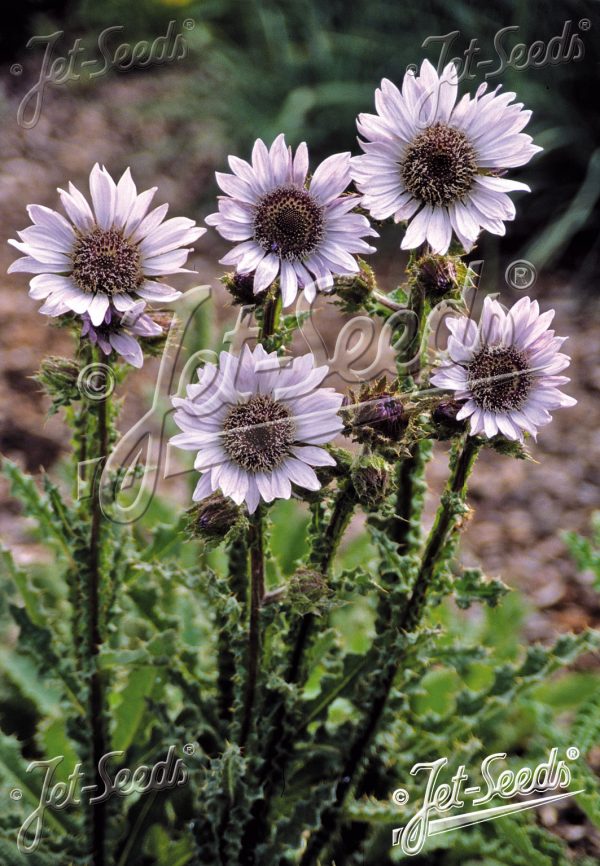
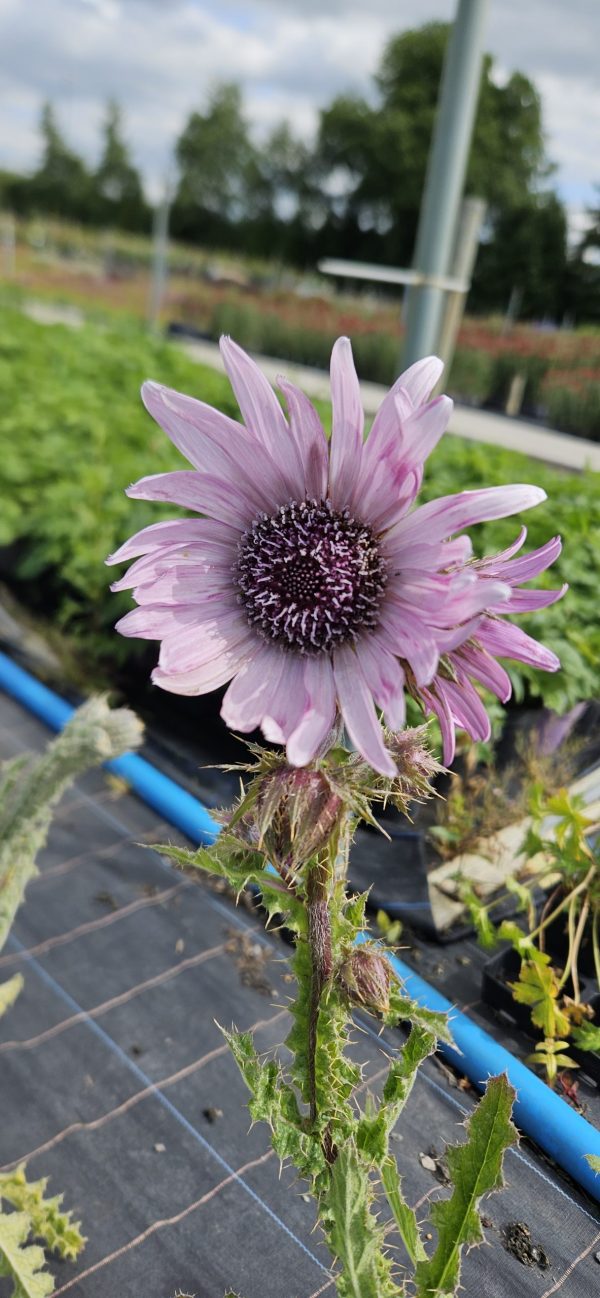
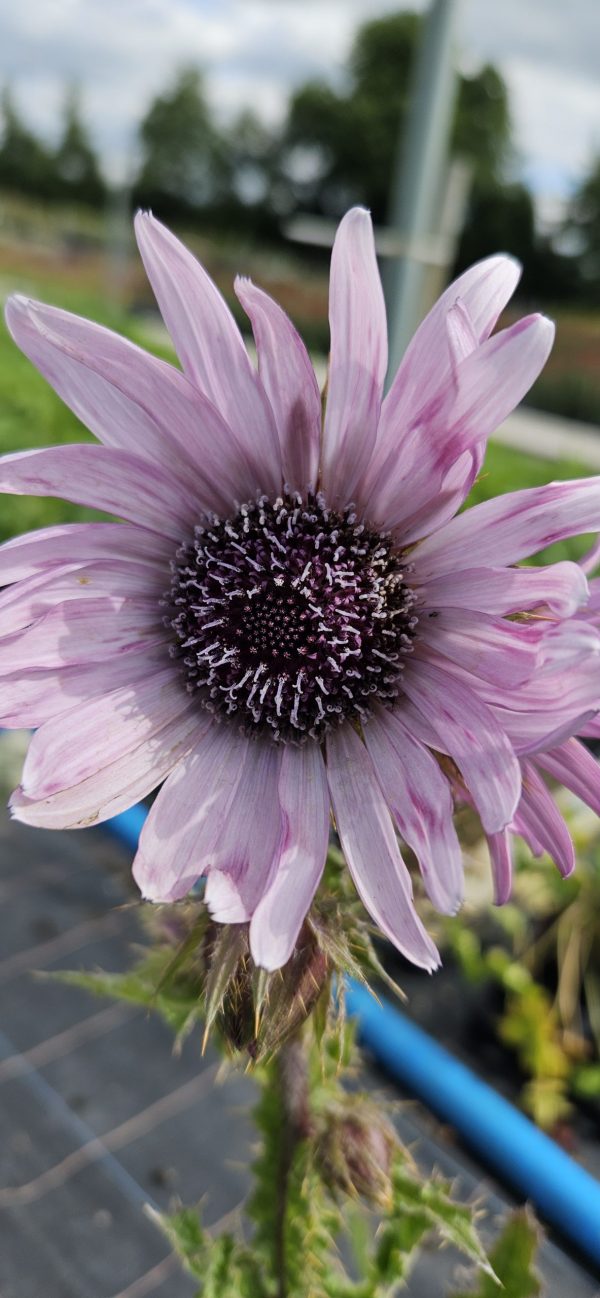

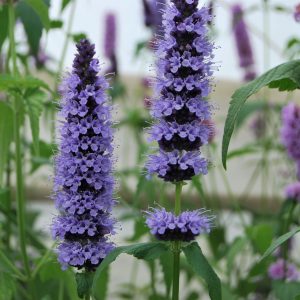
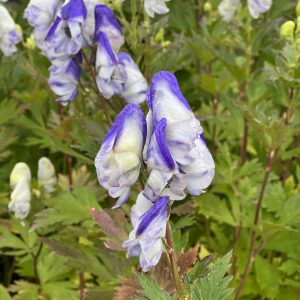
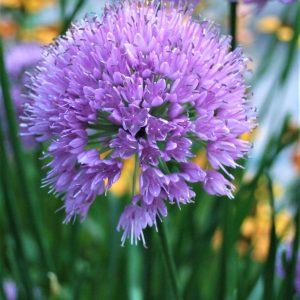
Reviews
There are no reviews yet.